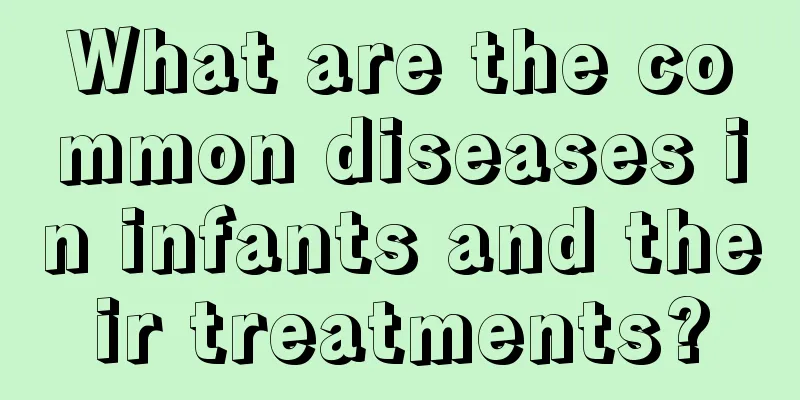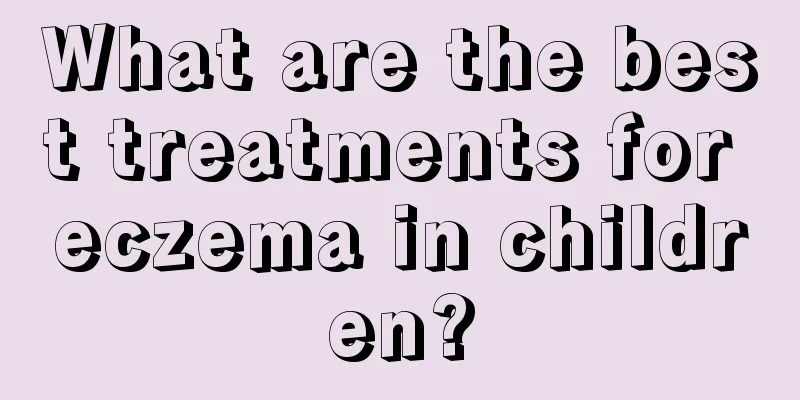Red pimples on the child's face

|
Children's skin is delicate and their body resistance is poor, so they are easily invaded by some stimulation or disease, which leads to various acne on their bodies. The most common reason for red pimples on children's faces is eczema, which is the most common acne-like disease in children. In order to be able to make a diagnosis, it is necessary to have some understanding of the symptoms of eczema and make a judgment based on the characteristics of acne that appear on the child. If a child has red pimples on his face, it may be eczema. Eczema is a common allergic inflammatory skin disease. It is an itchy disease caused by the presence of dampness and heat in the body, which leads to symptoms on the body surface. The clinical manifestations include itching, erythema, desquamation and groups of papulovesicles. The main symptoms are chronic recurrent itching, which affects sleep. It is often characterized by chronic recurrent dermatitis in flexural areas such as the elbows and popliteal fossa. The initial lesions are dense millet-sized papules, papulovesicles or blisters on an erythematous basis. After the blisters rupture, erosive surfaces are formed with serous exudation and crusting. If acute eczema is not treated properly, it may turn into subacute or chronic eczema. If treated promptly and appropriately, it may gradually improve, but it is prone to relapse. In severe cases, large areas of erythema may occur, covered with groups of papules, papulovesicles, blisters, erosions and exudates, with thick crusts on the surface, and may also extend to the entire head and face or head and neck. Erythematous papules, papulovesicles, blisters and pruritus appear around the lesions. Abrasions may cause erosion and scabs, with pus oozing under the scabs, small pustules on the edges, and local lymph nodes enlargement and tenderness. Parallel linear erythema, papules and blisters caused by scratching may also occur in nearby or distant areas. The course of the disease often evolves gradually through infancy, childhood, and adolescence. In a few cases, the disease occurs at a specific age. In infancy (1 month to 2 years), it is preceded by yellow desquamation of the scalp, and acute erythema, extensive exudation, and induration may appear on the extensor side of the face and limbs. In children (2 to 12 years old), chronic recurrent dermatitis, accompanied by dry skin, is common on the neck, hands, elbows, popliteal fossa, and extensor side of the calves. Skin lesions in adolescents and adults (>12 years old) are similar to those in children, mostly localized dry dermatitis lesions. Due to long-term scratching and friction, lichenification and prurigo-type nodular rash often occur. treat Clear the wound secretions, eliminate chemical irritation, and control the infection, and the condition can improve rapidly. 1. Remove the cause Parents should pay close attention to internal and external factors that may easily induce the disease, try to find possible pathogenic factors and eliminate them, actively cooperate with treatment, keep the skin clean, restore and maintain the skin barrier function, and insist on using moisturizing lotions as basic treatment. You can choose 5% to 10% Coptis chinensis ointment, compound snake fat ointment, etc. 2. External treatment Topical medication is the mainstay of treatment: (1) Corticosteroid cream is the drug of choice. Different strengths of corticosteroid creams should be selected according to the child’s age, location, nature, and area of lesions, and attention should be paid to side effects. (2) Calcineurin inhibitors include tacrolimus ointment and pimecrolimus cream, which are new non-hormonal therapeutic drugs with proven efficacy and no side effects of hormones. (3) Antibiotics are mainly used for critically ill patients and those with obvious exudation; (4) Astringent and antipruritic |
<<: 7-year-old girl has a painful lump in her breast
>>: What to do if your child's hemoglobin is low
Recommend
How often is it normal for a baby to poop?
The baby's physical condition is something th...
Why does my child shiver when sleeping?
For a family with a newborn, the child's affa...
Physiological changes in girls during development
We all know that the fastest period of human deve...
Why does my baby keep sticking out his tongue? The truth is this
Many babies have the habit of sticking out their ...
What to do after a child's skin is sunburned
In the summer, the temperature is particularly hi...
What diseases are related to the blue veins on the baby's head?
Parents pay a lot of attention to their children,...
What should I do if there is eye mucus on the baby's eyeball?
Many parents will find that they always encounter...
What are the symptoms of zinc deficiency in eight-month-old babies?
The health of the baby is an issue that every fam...
What ointment is good for baby eczema?
Everyone knows that the body and skin of newborn ...
What causes motion sickness in children?
Although motion sickness is not a real disease, i...
What causes nephrotic syndrome in children? The truth is this
The causes of nephrotic syndrome in children are ...
How many months should a male baby be weaned?
Nowadays, many babies have a very difficult time ...
What to do if your child always coughs in the middle of the night
Every parent hopes that their baby can grow up he...
Reasons for repeated coughing in children
No matter what season it is, children are particu...
What foods are easy for children to digest?
Children's gastrointestinal function is relat...









